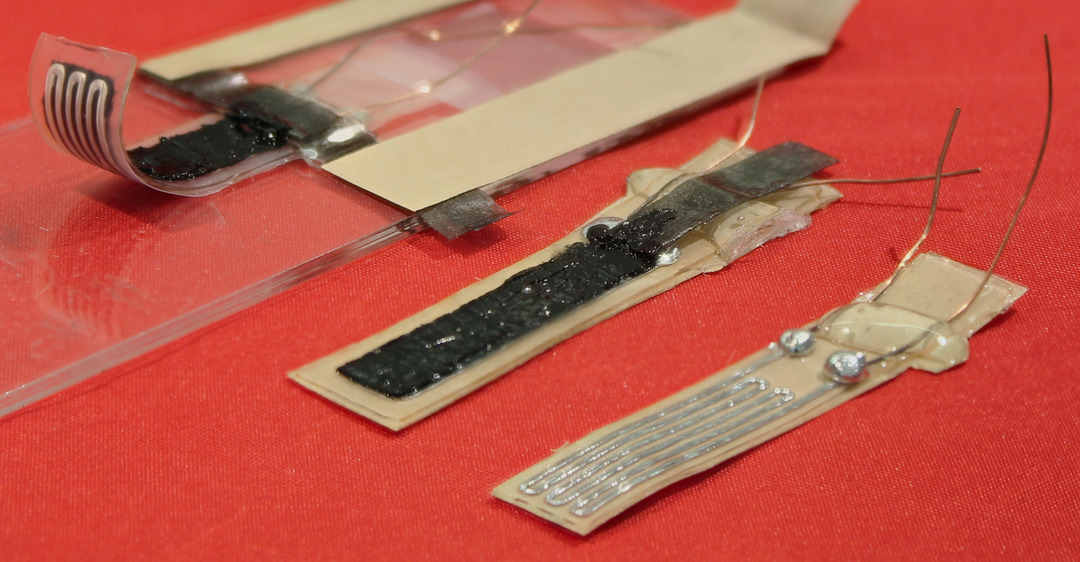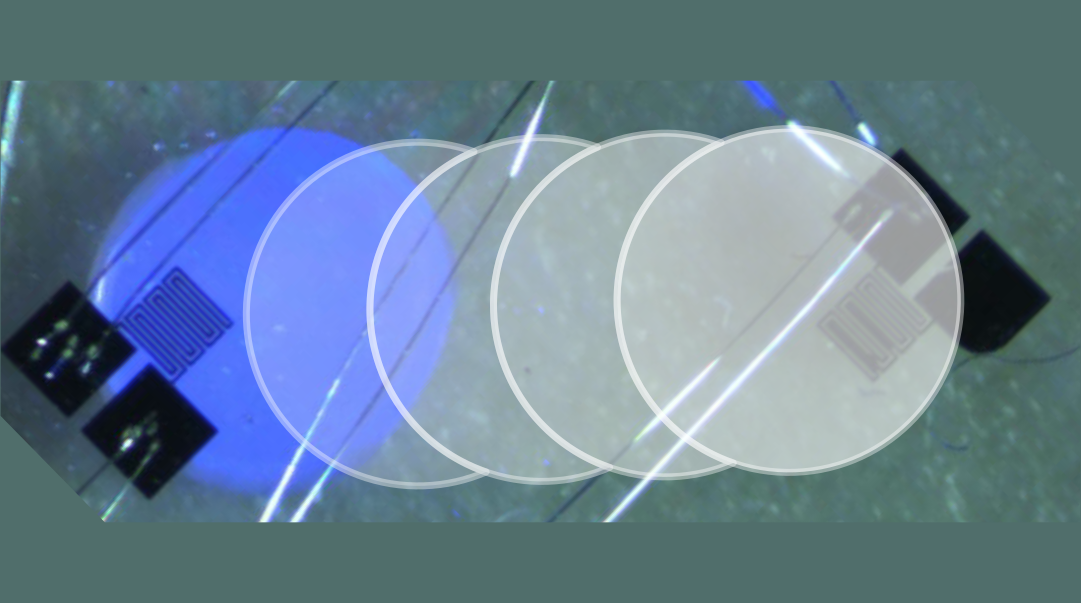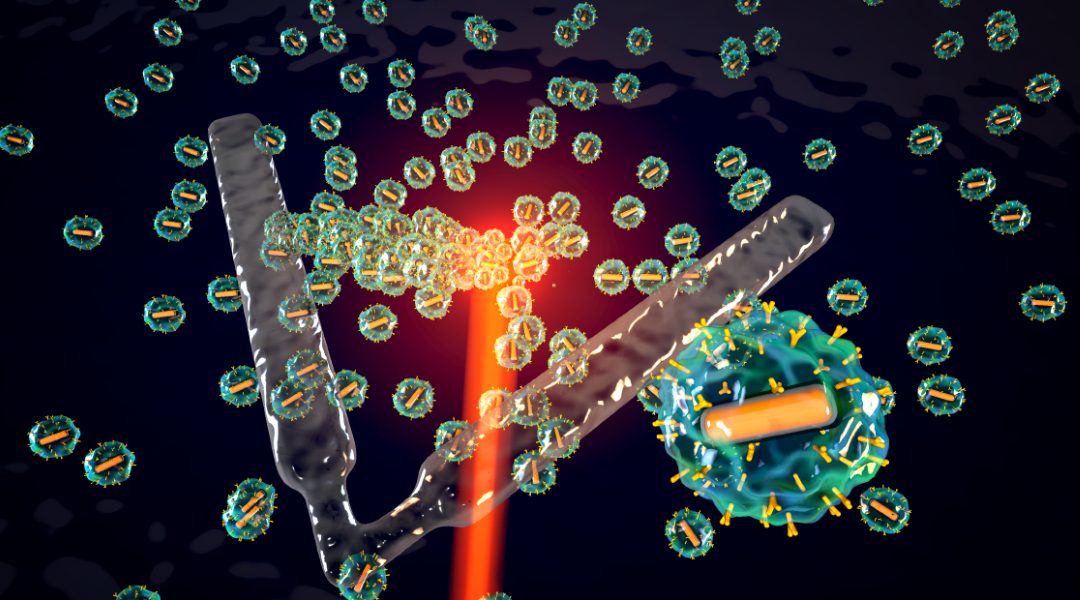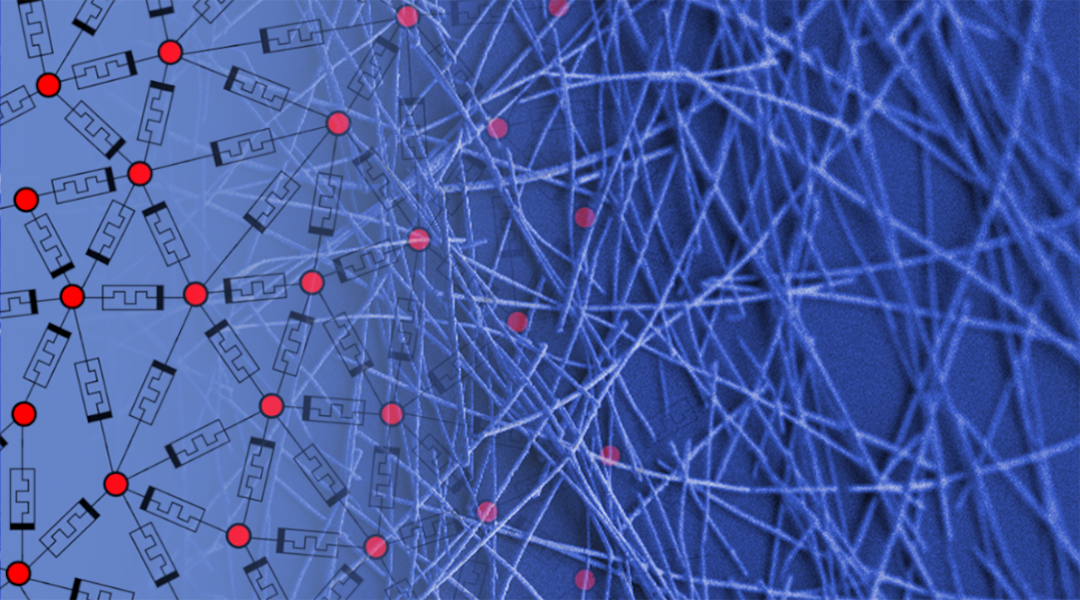An AI-based process recommender system for injection molding allows non-experts to set process conditions in real time.


An AI-based process recommender system for injection molding allows non-experts to set process conditions in real time.

A new layer-by-layer fabrication process allows researchers to create new and improved soft robot actuators with variable degrees of stiffness.

Researchers use radio-based imaging to monitor stent implants without invasive techniques.

Bursting dynamics that mimic the functions of the human brain pave the way for more efficient AI systems.

Researchers develop microrobots that can sense their external environments and adapt their motion, similar to living organisms.

A new and simple working principle for liquid manipulation and a complete exploration of the opportunities of a multipurpose platform guided by physical intelligence.

A new soft microrobot harnesses electromagnetic and thermal energy at the nanoscale to self-assemble from colloidal nanomachines.

A new bottom-up network built from randomly distributed nanowires can learn, compute, and adapt like a human brain.

Millimeter-scale robots were shown to mimic the movement and behavior of living insects for advanced materials science, biological, and biomedical applications.

The current pandemic has provided an opportunity to observe the resilience of every link in the healthcare chain, and AI has appeared to have given in.